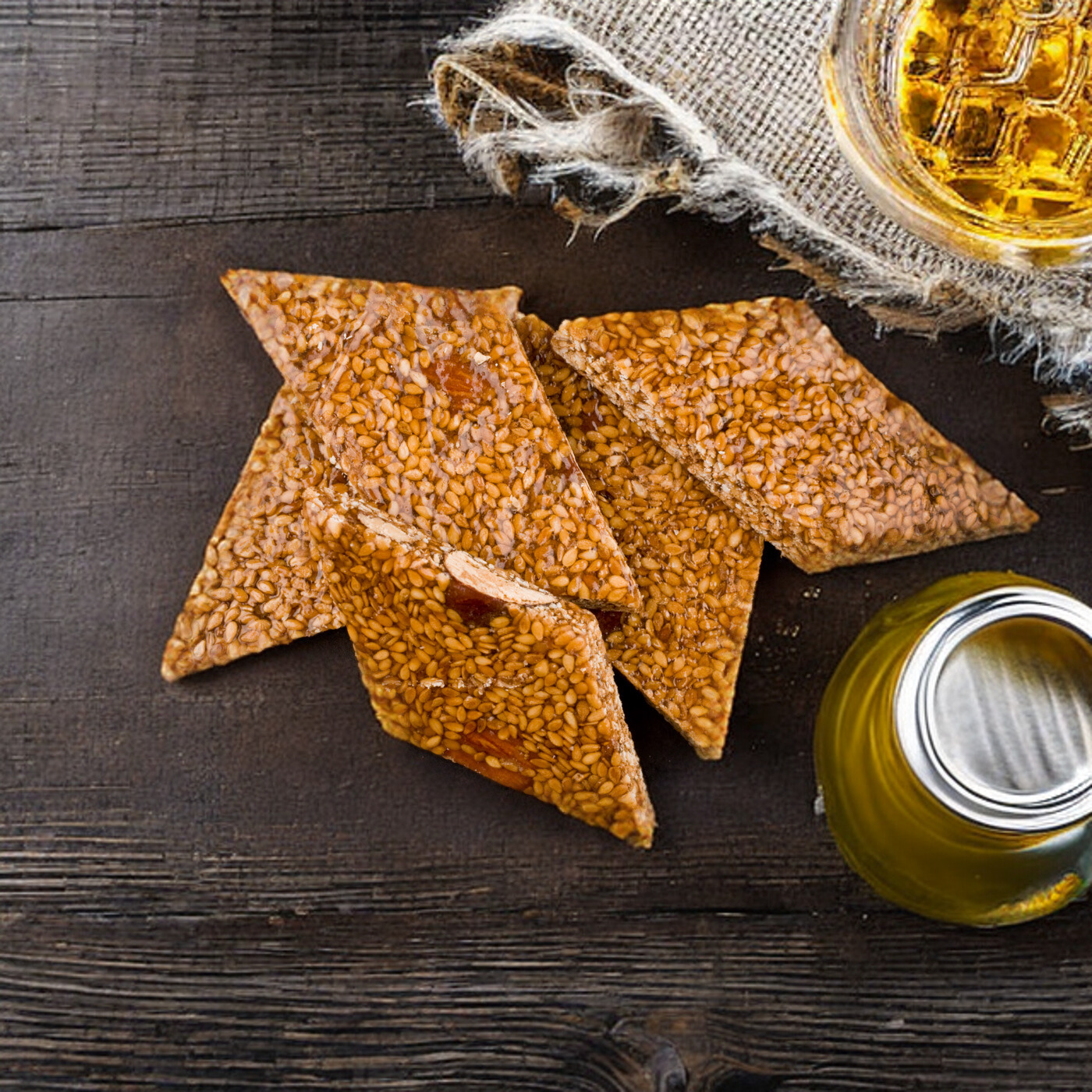As the festive season approaches, the kitchens of Sicily begin to buzz with the preparation of traditional sweets, and among them stands the Cubbaita, a confection that is as much a treat for the palate as it is a subject of historical intrigue.
Cubbaita: A Sweet with Many Names
Cubbaita, a crunchy delight made from almonds, honey, and sugar, is a testament to Sicily’s rich culinary tapestry. Known by various names such as Cubarda in Palermo and Giuggiulena in other parts, this sweet’s nomenclature is as diverse as the island itself.
The name “Cubbaita” is believed to have Arabic origins, derived from “qubbiat,” meaning almond brittle. This connection to Arabic culture is not surprising given Sicily’s historical tapestry woven with threads from different civilizations.
Arabic Influence and the Lingering Question of Origins
The prevalent theory suggests that Cubbaita’s roots lie in the Arab world, a notion supported by the discovery of ancient nougat recipes in Arabic medical treatises dating from the 9th to the 12th centuries. Yet, there’s also a counter-narrative that hints at a possible Greco-Latin origin, with the term “Copata” (Cupeta) being the ancestor of nougat. This debate over its beginnings only adds to the mystique of Cubbaita, making it not just a sweet but a piece of edible history.
The Translator’s Touch: A Sicilian Connection
The narrative of Cubbaita intertwines with the story of Faraj ben Salim, a Sicilian Jew who translated the works of Arab physician Ibn Butlan into Latin. His translations played a pivotal role in the resurgence of Western medical science, including the translation of Avicenna’s Medical Encyclopedia. It raises an intriguing possibility: could the Sicilian translator have influenced the naming of this Arabic recipe?
Cubbaita and Torrone: A Confectionery Conundrum
Cubbaita’s relationship with Torrone, another nougat-like sweet, is complex. Over time, the two have been used interchangeably, blurring the lines between their distinct identities. As noted by Sicilian anthropologist Giuseppe Pitré, even Torrone’s ingredients could vary depending on the saint being celebrated in Sicily, reflecting the island’s penchant for culinary diversity.
Almonds: The Ancient Sicilian Staple
While sesame, a key ingredient in some variations of Cubbaita, is attributed to Saracen influence, almonds have a much older history in Sicily. They may have been introduced by the Phoenicians or the Ionians, suggesting that an almond-based sweet like Cubbaita could have existed long before the Arab conquest.
Cubbaita: A Lexical or Conceptual Birth?
In Roman Sicily, a precursor to Cubbaita likely existed, distinguished by the island’s bountiful almonds. The arrival of the Saracens may have given rise to the Cubbaita we know today, possibly as a lexical innovation rather than a new creation. This hypothesis posits a cultural and linguistic melding where the shape of the sweet could have been translated across Latin, Sicilian, and Arab influences, from “coppa” to “cupola,” and from “cubba” to “qubbayt”.
Cubbaita: A Sicilian Legacy
Today, Cubbaita remains a beloved Sicilian tradition, savored during Christmas and beyond. Whether enjoyed as a festive treat or a year-round delicacy, it is a sweet emblem of Sicily’s storied past and its enduring culinary heritage. As we delve into the secret history of this Sicilian ancestor of nougat, we not only taste a sweet but also savor the rich cultural confluence that Sicily embodies.For those who wish to experience the authentic flavors of Sicily, Three Farms Island’s recipe blog is a treasure trove of such traditional delights, where the Cubbaita stands as a proud representation of the island’s gastronomic legacy
Make Cubbaita online cooking class
If you are interested and you want to put your hands on it just contact us to organize an online Cubbaita making 🙂 we will do it live from our Farm!

